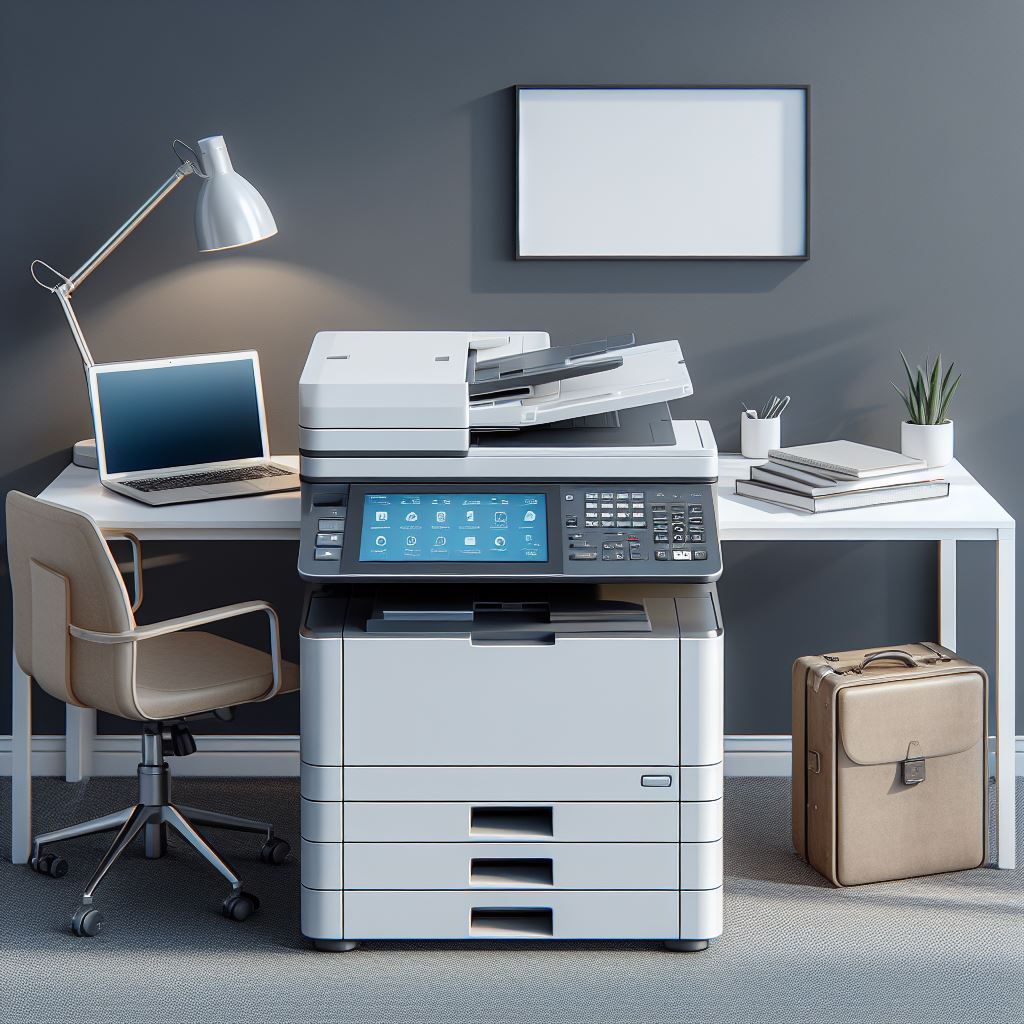Drafting Effective Patent Claims

Gaming the System: Drafting Effective Patent Claims to Get the Examiner’s Green Light
When Chester Carlson patented the photocopier in 1937, he originally claimed all methods of dry printing using an electrostatic charge. But with similar patents predating his invention, Carlson knew the Patent Office would balk. By narrowing his claims to the specific process of xerography, Carlson snuck his breakthrough past the examiner under the radar. Like Carlson, all inventors face the puzzle – what claim variations could earn the examiner’s seal of approval?
Guessing which claims will satisfy a patent examiner is never foolproof. But according to data from the USPTO, over 2/3 of all patent applications face rejections requiring claim amendments before being allowed. By strategizing ahead, you can improve the odds of smoothly sailing through prosecution.
The patent practitioners at Global Patent Solutions LLC (GPS) recommend considering claims that:
- Thread the needle by incrementally narrowing broad claims without over-limiting
- Combine the key aspects of your invention with features randomly selected from prior art
- Focus on overlooked components, steps, or arrangements in precursor inventions
- Leverage specificity by claiming exact ranges, ratios, and technical configurations
- Emphasize integration into larger systems, machines, or processes to demonstrate applicability
- Carefully toe the line of obviousness without crossing into patent ineligible territory
While examiners will ultimately decide on claim fate, envisioning allowable alternatives helps steer prosecution. Understand how the Patent Office thinks—and make their job easy by drafting claims they can’t refuse.
Don’t leave claim allowability to chance. Have a good patent search performed to identify how broad your claims can be, in order to maximize the value of your patent. Be sure to think like an examiner, crafting claims that balance novelty and patentability to smoothly advance through prosecution. Because the only route to a true patent monopoly goes straight through the examiner’s door.
This article is part of a series entitled “A Guide to Protecting Your Innovations”. To start the series at the beginning, click here.
Next up in our series, we answer the question: “What is the closest prior art that could challenge patentability?“
